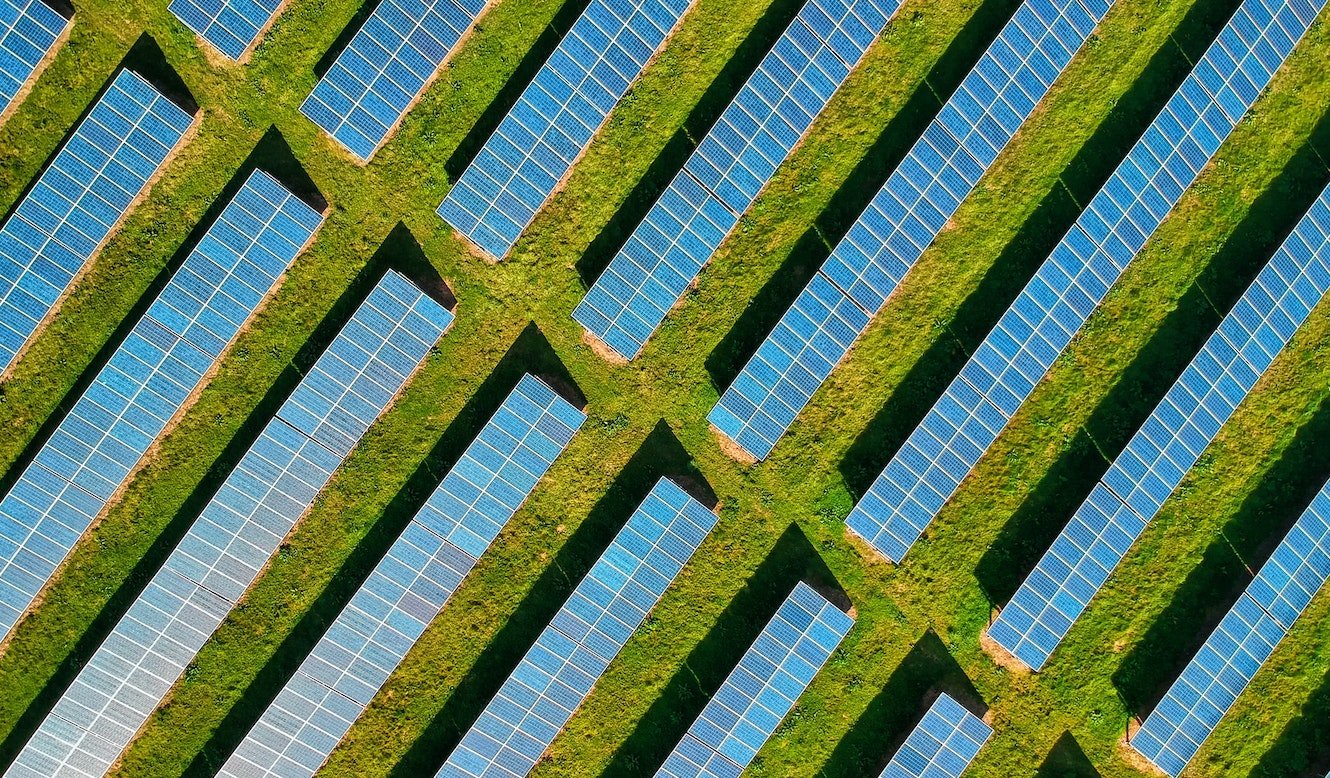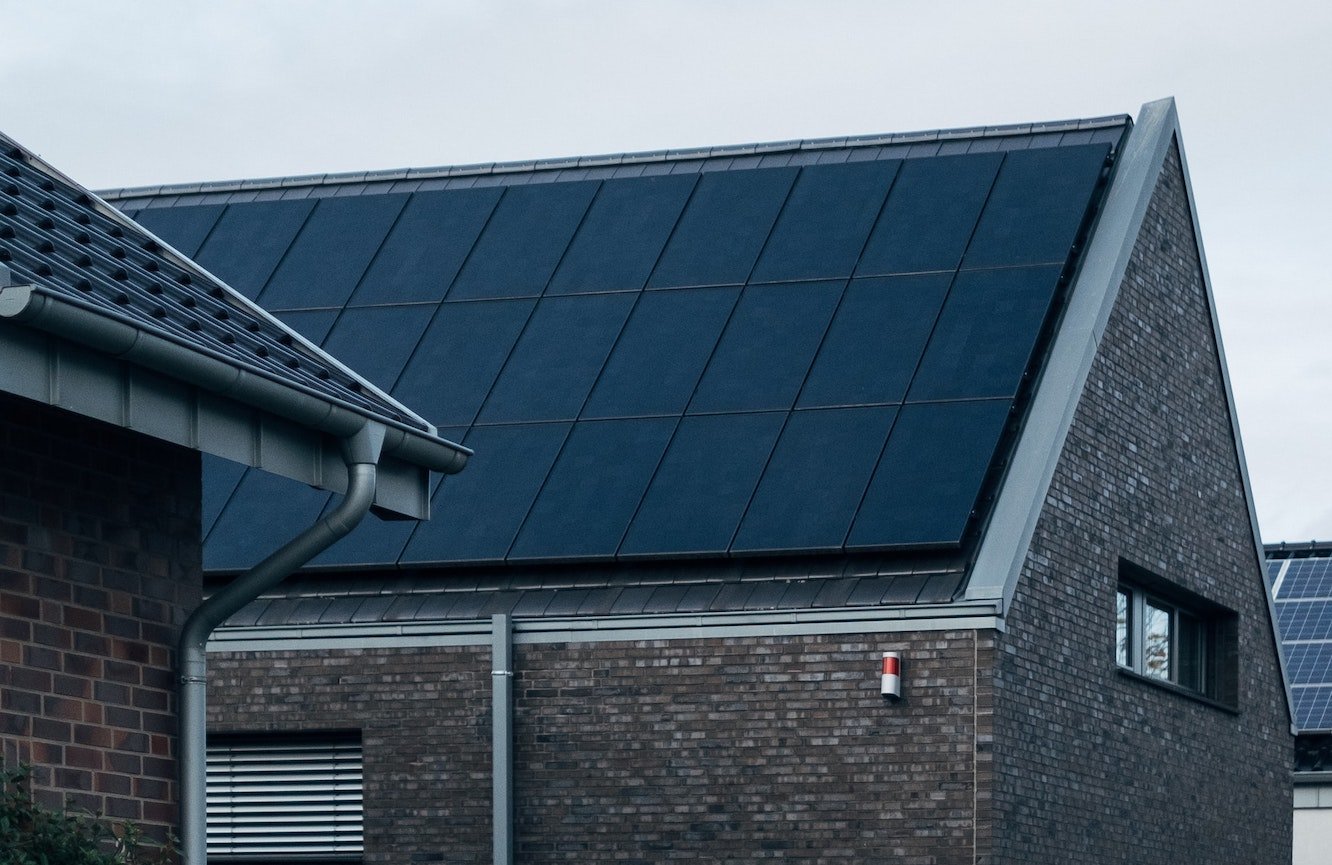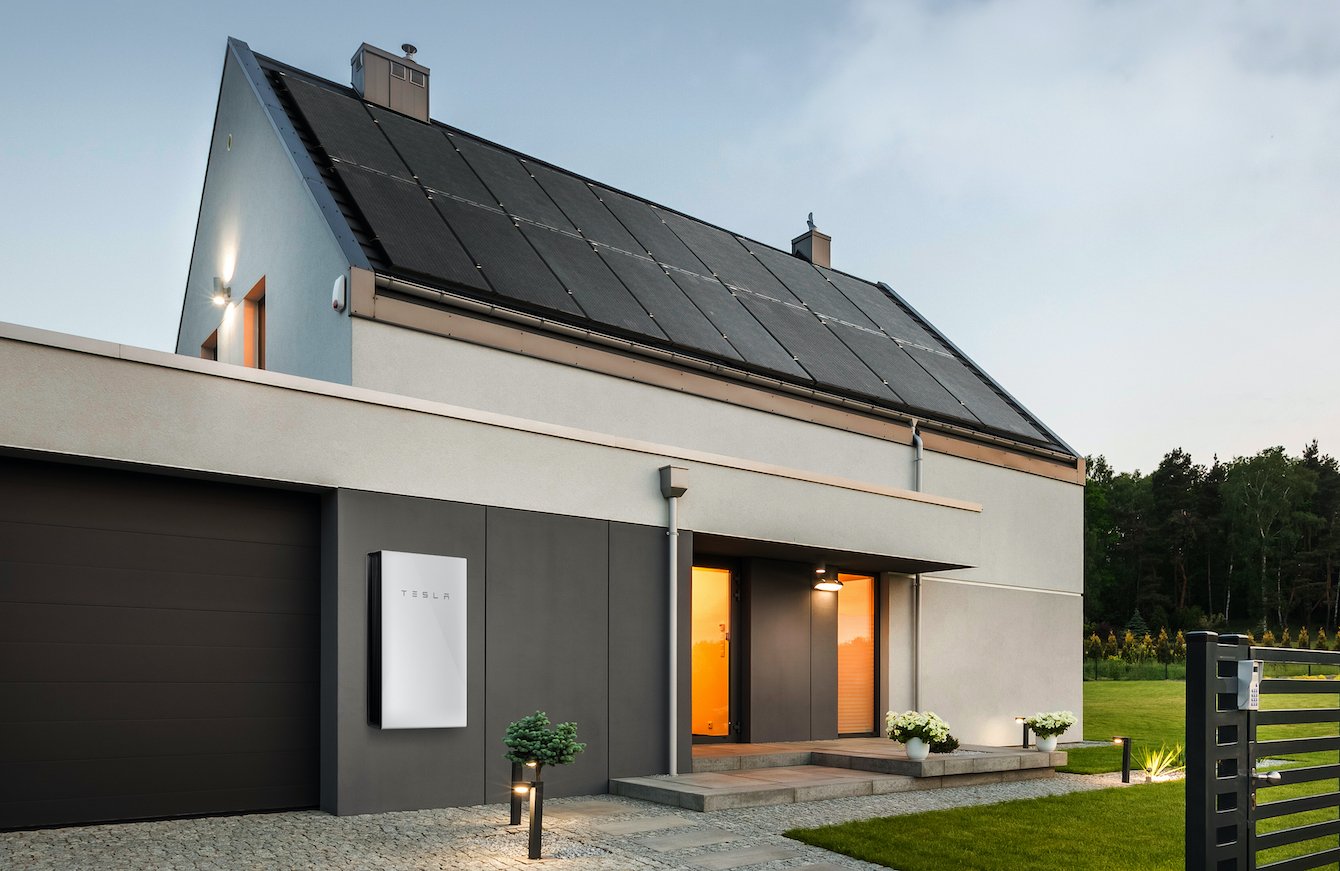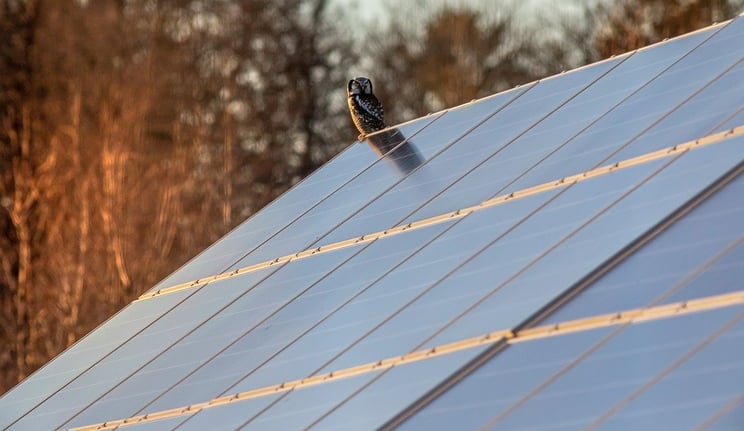You may think that solar PV is an established and accepted technology in the UK, but it’s surprising how many solar panel myths persist. At our last community event, a visitor confidently informed us that ‘Britain doesn’t get enough sun for solar power’, which may come as a shock to our clients, whose thousands of panels have been generating well for the last decade.
So let’s set out the facts to debunk common solar myths, from the misinformed to the absurd.
Solar performance myths
-
The UK doesn’t get enough sun for solar panels
Solar radiation does vary around the world. For example, a system in Cape Town might generate twice as much electricity as the same system in London. But the UK is well placed to take advantage of the sunlight we get - the number of successful PV systems demonstrates that the technology works here. Plus, the cooler temperatures in Britain actually help improve panel efficiency.
-
Solar panels can only go on south facing roofs
In northern hemisphere countries like the UK, south is the best orientation for solar panels as it allows for maximum exposure to sunlight throughout the day. But any orientation from south to east or west is still viable - though an array facing directly east or west would generate approximately 25% less than one facing due south. An east/west split array may actually be better for some households as most of the generation is in the morning and evening. North-facing roofs are the only orientation not worth installing on in the UK.
-
Solar panels don’t work when it’s cloudy
Some light still gets through when it’s cloudy (otherwise we wouldn’t be able to see anything), but clouds do reduce the output of solar panels. For example, a system might generate 10% on an overcast day of what it would on a clear sunny day:
When we model a new system, we look at the expected output over a whole year to account for daily and seasonal variations.
-
Solar panels can’t withstand extreme weather conditions
Solar panels are installed all around the world, from deserts to mountains, coasts to fields. Modules are designed to cope with common forms of weather (including rain, snow and hail), dust, and wind (provided they are installed correctly). The manufacturer or panel datasheet should specify to what extreme the module is tested to endure (e.g. size of hail stone or wind speed).
-
Solar panels only generate electricity in summer
It is true that the longer days of spring and summer mean that solar panels in the UK can generate more electricity during these seasons:
In fact, 71% of generation is during spring and summer - but that does leave 29% of the generation in autumn and winter, which certainly isn’t negligible.
Solar financial myths
-
Solar panels will never pay back
Before the energy crisis, the average payback period for a domestic solar PV system was 10-15 years. Since the surge in grid prices, payback has shrunk to about 7-10 years. Either way, payback is far shorter than the expected 25+ years the panels should last.
-
Solar power needs government subsidies
Government subsidies - in the form of the Feed-in Tariff - ended in March 2019. Since then, demand for solar has held strong because it remains a very attractive financial proposition. Indeed, the subsidies worked - the average cost of solar fell by over 50% in the past decade.
-
Solar panels reduce your home’s value
There’s no data to suggest that solar panels reduce the value of your property; they are more likely to add value if you communicate the benefits to buyers. Adding solar PV is also one way to improve your house’s EPC rating, which is linked to higher property prices.
-
Solar panels make your house harder to sell
Again, there’s no evidence to suggest this is the case. If anything, as potential buyers become more environmentally minded and conscious of the value of energy efficiency, solar panels should make your house sell faster. We do recommend keeping the handover documentation with all the details on the system to share with your buyer.
-
You don’t own your roof if you install solar panels
In the early days of solar subsidies, some companies offered to install panels for free in return for claiming the Feed-in Tariff, in effect ‘renting’ your roof. As subsidies fell, this wasn’t sustainable and many such companies collapsed, causing a headache for people with these systems on their properties. But you face no such issues if you buy your solar panels outright, as has always been the case at Spirit.
-
Renewable energy is too expensive
It’s common to see voices in the media claiming that sources of renewable energy such as solar power are ‘too expensive’. Data reveals this assertion is outdated at best, downright false at worst:
Data source: Ofgem.
According to the latest government estimates, solar is now the cheapest source of energy at £44/MWh, closely followed by onshore wind at £46/MWh (both nearly half the cost of new gas generation at £85/MWh). By contrast, the global levelised cost of energy for nuclear power was about £120/MWh in 2019.

Solar installation myths
-
Solar panels require a lot of maintenance
Solar panels don’t come under the same mechanical stresses as most other generators, because they don’t have moving parts. This means they generally require very little maintenance, besides a clean every few years if they look dirty and an inverter replacement after around 15 years.
-
Solar panels will damage your roof
When solar panels are retrofitted to your roof, they are mounted on a frame which is attached to the rafters, so the array doesn’t weigh on the roof surface. In fact, it can actually act as a protective layer above the roof, sheltering it from the weather and prolonging its lifespan.
-
Solar installation is disruptive
Our installers can complete most domestic solar installations within 1-2 days. We’ll need to put scaffolding up at your property, which may be in place a little while around the installation dates. During installation, most of the work happens on the rooftop, with some wiring work, usually in the loft. While we can’t speak for other companies, we make sure our team minimises disruption and leaves the site tidy.
-
You need planning permission to get solar panels
Most solar panel installations do not require planning permission, as they fall under permitted developments. Exceptions include flat roofs, ground mounts and large commercial systems - see our planning page for more details.
Solar environmental myths
-
Solar panels take more energy to make than they generate
A typical PV system installed in northern Europe will generate the energy equivalent to that used in its manufacture within 2.5 years, which is a small fraction of its lifespan.
-
Solar panels can’t be recycled
Like all electronic products, solar panels will one day reach end-of-life (though this is likely after 25-40 years, see below). And of course, for solar power to be truly sustainable, these components should be recyclable. Luckily, work is underway to develop solar panel recycling systems at scale, and a centre in France already claims a 95% material recovery rate.
-
Solar panels are ugly
Beauty is subjective, but we would argue that panels have become a whole lot more attractive in recent years. Most are now all black, sleek, and often installed flush with the roof. A far cry from the silver and blue modules of the past.

Solar technology myths
-
Solar panels are inefficient
The efficiency of solar panels is defined as the percentage of incident solar power converted into electrical output power. The theoretical maximum efficiency of solar cells is about 29% (which is lower than other generators such as coal at 40%, wind at 55% or hydropower at 90%). Practical efficiency is improving all the time, and current best-in-class panels are about 23% efficient. So while solar PV can be less efficient than other forms of energy generation, it’s important to remember that the ‘fuel’ (sunlight) is free and transmission losses can be lower when panels are installed on the site where the electricity is used.
-
Solar panels don’t last that long
As bits of technology with no moving parts, solar panels are well designed to last a very long time. The expected lifespan is at least 25 years, which is reflected in a 25 year power warranty for most PV modules. SunPower Maxeon panels now even come with a staggering 40 year product and power warranty, which is a pretty clear indication of a long lifetime!
-
You should install as many solar panels as possible
Back in the early days of the high Feed-in Tariff, when you were paid for every kWh generated, it made financial sense to install as many solar panels as you could fit on your roof. But in the post-subsidy era, the economic benefit comes from using your solar power to displace grid electricity. So therefore we recommend sizing your system to match your annual electricity usage.
-
Solar will power your house in an outage
In a power cut, your solar inverter will automatically switch off the system. This is to prevent electricity flowing down the lines and shocking the people working on fixing them. An exception is if you have a battery that islands your property in the event of a power outage; in this case, your panels may be able to continue generating.

The importance of fighting mistruths about solar power
As a disruptive technology that’s powering the energy revolution, solar is a target for misinformation. By countering common myths and explicit disinformation about solar PV with facts and context, we hope people will be more informed to make the best decisions for themselves.
To keep up-to-speed with the latest developments in solar technology, make sure you subscribe to our blog:












